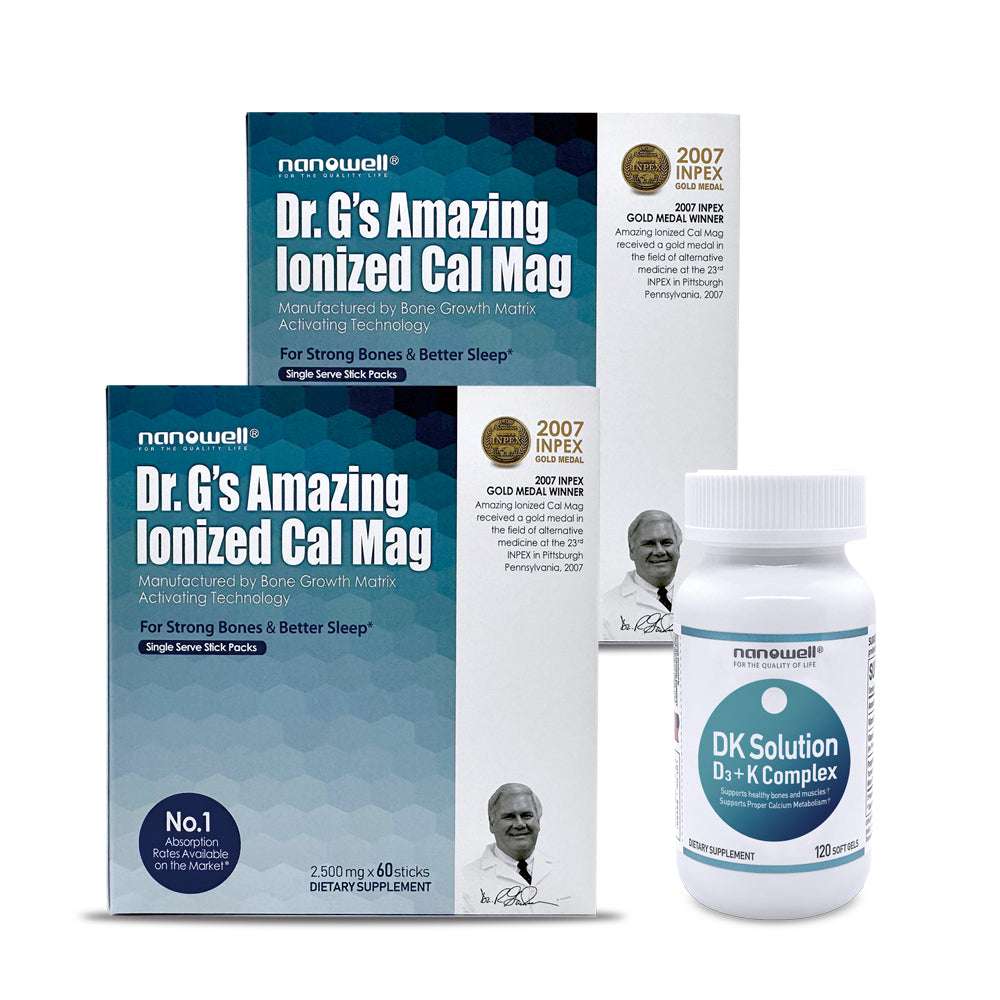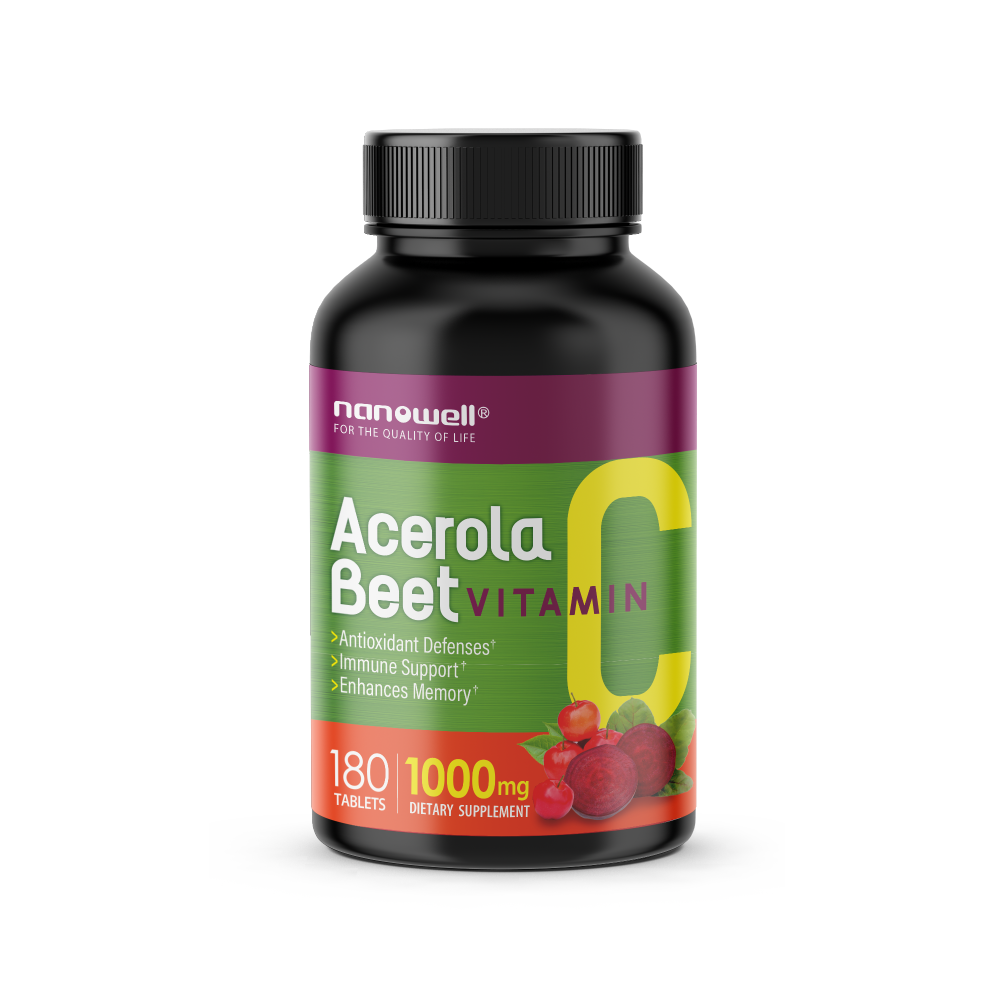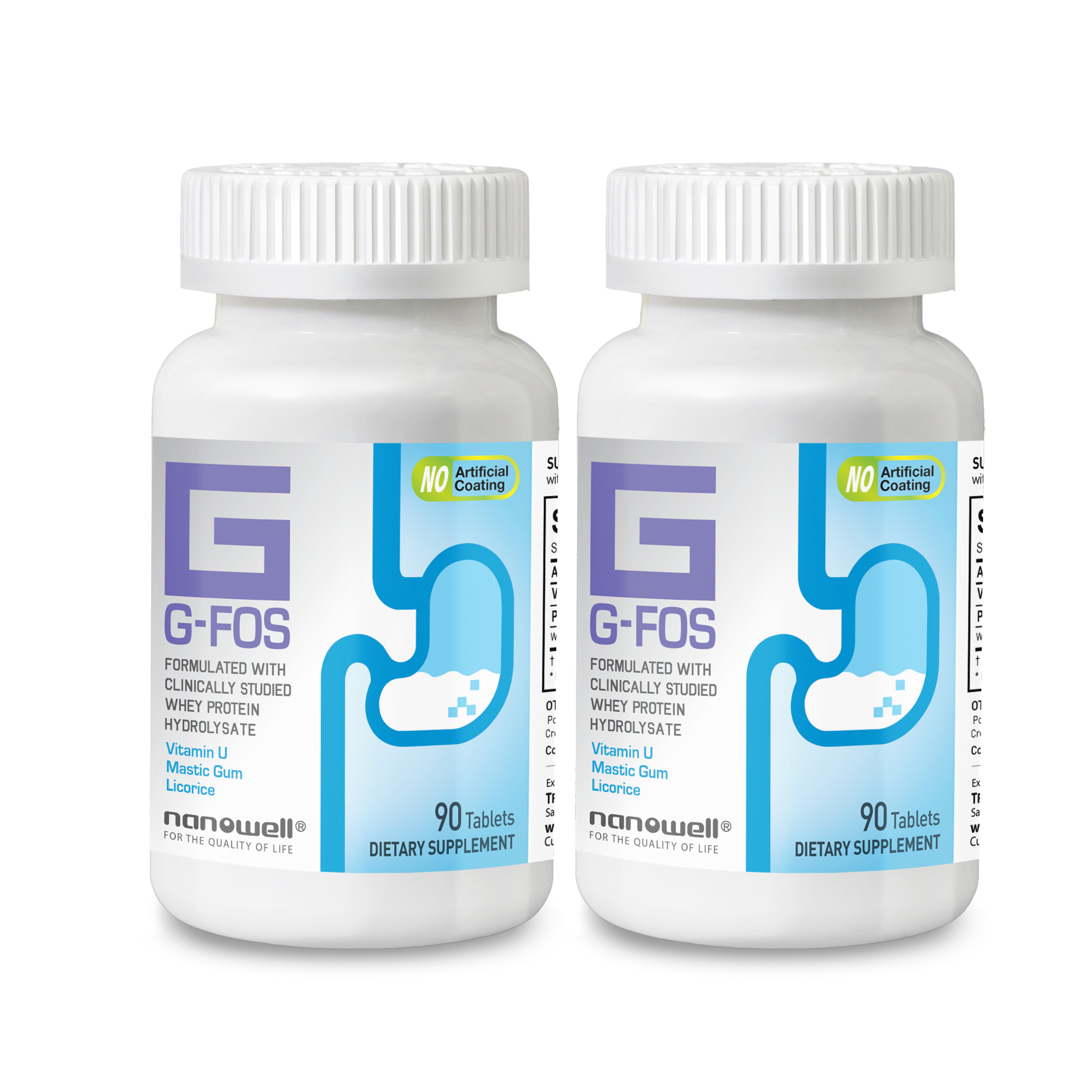
Many people are familiar with the word “osteoporosis” but not many people know exactly how osteoporosis occurs. So today we are going to discuss about how bones are built, how they weaken, and what they are made of. My primary goal for this episode is to give a brief introduction and awareness on maintaining your bones healthy and in good shape.
As most of you know, bones construct our body and protect the brain, the heart, and other organs in our body. Another kind of bone is the teeth, which helps chew the foods to digest well.
We all know that bones are made up of calcium and many kinds of minerals. According to the book “Calcium Lie” written by Dr. Robert Thompson, bones are made up of 12 minerals including calcium.
Have you heard of Calcium Homeostasis?
Calcium homeostasis refers to the regulation of the concentration of calcium in our blood.
There are 10mg of total calcium per 1 dL of our blood. And in these 10mg of total calcium, there are approximately 5mg of free calcium (ionized calcium) and it plays vital roles in our body.
In bones there are two interesting types of cells. One is osteoblasts. They are cells in our body that take calcium to build and repair our bones. The other is osteoclasts which are cells that scrape and gets rid of old fragments of our bones. This procedure is called the bone remodeling.
Researches have shown that men in their 30s and older, suffer from bone loss averaging 0.2% per year. As for women, there are more than 0.5% bone loss average in their 30s and 2-3% between their 40s and 50s. Hence women often have osteoporosis more than men because it happens more quickly and earlier.
When your bones are getting weaker you could assume that you develop more holes in your bones and gradually the holes get bigger over time.
If these conditions continue for a long period time, they may develop the osteoporosis.
Researches show that estrogen are related to this cause in women because when women lose their menstruation, discharge of female hormones are drastically reduced, which results in a significant disruption of osteoblast activity.
Osteoporosis are also caused by many other reasons. Researches show that many cancer or epilepsy related medications can cause osteoporosis as these medications suppress the calcium absorptions in our body.
People that go on diets for weight loss also face high chance of osteoporosis as it affects their supply and quality of nutrition, especially calcium, and other minerals. In addition, excessive exercise, heavy drinking, and heavy smoking also contribute to the cause of osteoporosis.
Osteoporosis is also known as the “Silent Disease” as you cannot often recognize the symptoms until you are diagnosed. People often find out after it is too late, when they break their femur, wrist bones, vertebrae, or other fragile bones.
However, don’t let my words scare you.
In fact, there chances to reduce the risk of osteoporosis when you consume the right kind of calcium and good preparation.
So please listen carefully as I will talk about the key factors to avoid them.
I recommend these following three steps:
First, this is especially important to women after 40 years of age, take the bone density test, also known as DEXA, at your local hospital or facilities that specializes in these exams.
Secondly, change your diet into foods that are rich in calcium and minerals to strengthen your bones accordingly.
Lastly, you should exercise regularly to strengthen your bones. Because bones are living tissues, it adapts by increasing density and becoming stronger.
Actually, there is one very crucial truth that most people are probably not aware of.
If your calcium is not in an ionic form it would not be absorbed and utilized in the cells of your body.
This means, whether the calcium or minerals we consume come from food or supplements, they have to be ionized. Without the procedure of ionization, they cannot be absorbed through the calcium ion channels in the cells.
No matter how much, or how expensive the calcium you take, if it is not ionized, it is no different than consuming waste. Because calcium that cannot pass through our cells end up in our stools. That’s why we call non-ionized calcium a waste.
So, today we’ve learned the introduction of Osteoporosis and the importance of calcium ionization.




